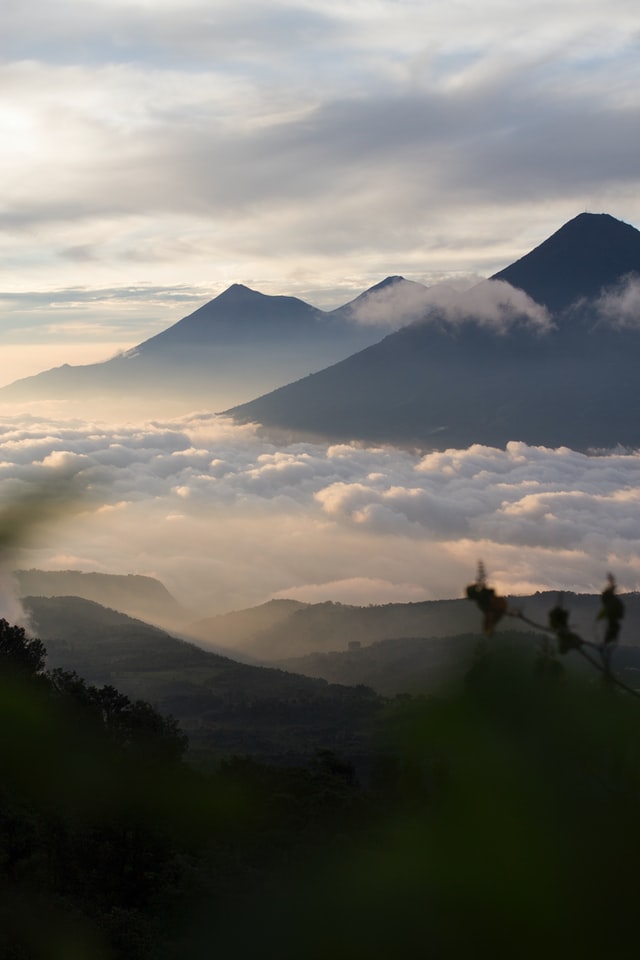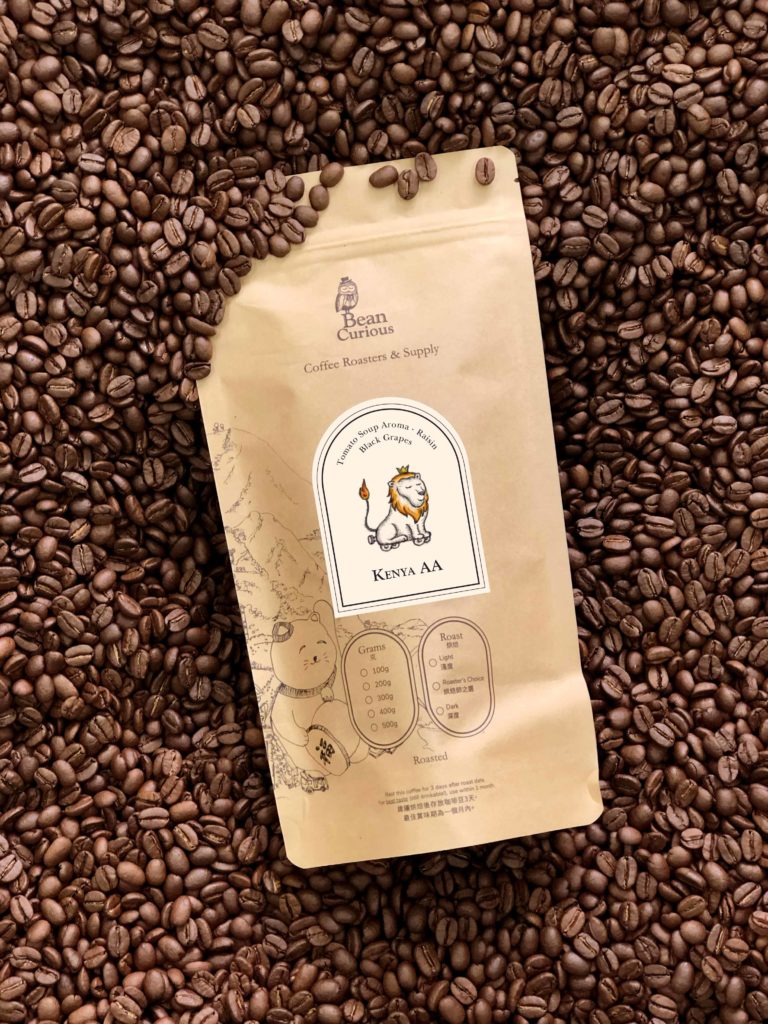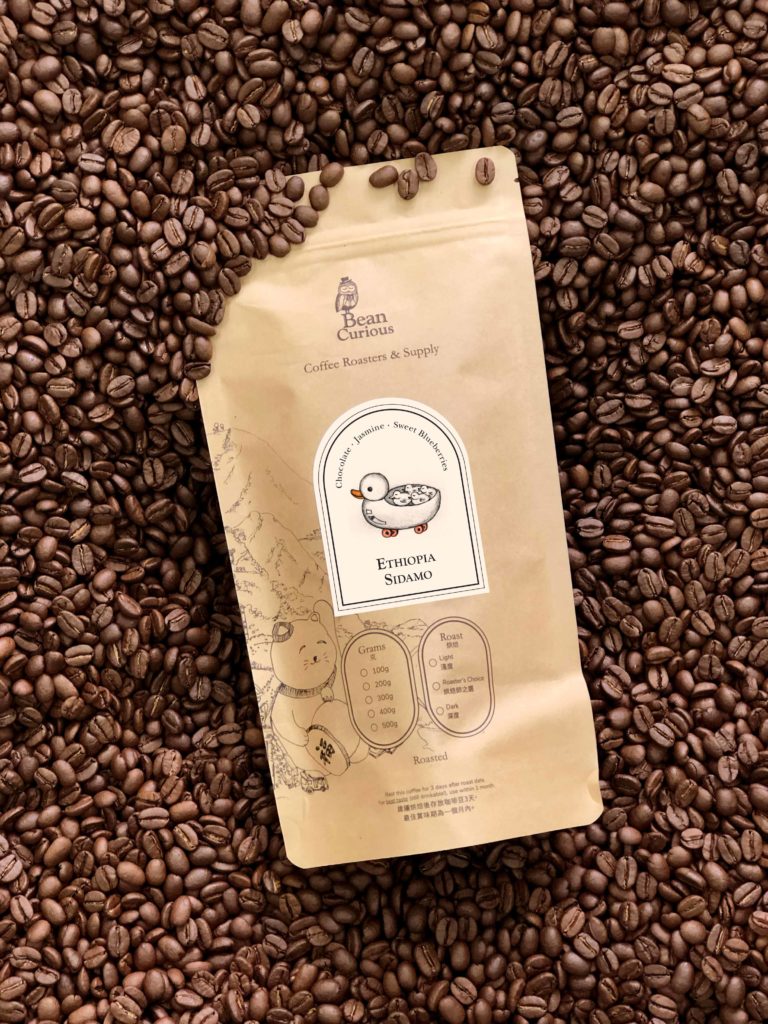Like wine, a coffee’s region affects everything from flavors and aromas to acidity
You probably know that a wine’s region imparts certain characteristics on the wines produced there (called terroir in the biz). Places like Napa Valley, Bordeaux and Tuscany are famous throughout the world for their incredible wines, and the special sense of place that each region evokes. But did you know that a coffee bean’s region has a similar impact on the flavor of the bean?
Just as terroir affects the flavors and aromas of a wine, so too does a coffee bean’s place of origin impact its flavor profile. Let’s explore this idea with a few examples.
What are single origin specialty coffees?
Single origin coffees are specialty coffees that are a pure representation of the region where the coffee beans were grown and produced. Single origin coffees are often brighter, and their flavor profiles are more distinct than traditional coffee blends, which include a mix of beans from different regions.
The regional impact on coffee beans
Each coffee region has its own unique climate, which affects growing conditions, and how the plant produces fruit. Factors like: elevation, the type of soil the plant is grown in, the amount of water it receives, even the amount of air flow and wind conditions in the region impact the flavor profile of the bean.
Wet vs. dry processing
Similar to the way a wine is fermented, the way coffee beans are processed impacts the flavor profile of the bean. When Kenyan coffee beans are harvested, they are wet processed, as opposed to the dry process methods used in Ethiopia. This means that the fruit is removed from the bean and then dried, rather than drying the bean whole, and then removing the fruit for roasting.
Using a wet processing method typically results in a coffee bean with a higher acidity level.
Kenya AA coffee
Kenya AA coffee refers not to a variety of bean, but to the Kenyan coffee grading system. These beans are 100% Arabica, and among the finest in the world.
Much of Kenya AA coffee comes from the areas in and around Mount Kenya, or from the southwest region near Nairobi. Both areas have significant rain falls, volcanic, mineral rich soil, and a warm climate, which coffee trees thrive on.
Kenya AA coffee beans have a truly unique flavor and aroma. There’s a distinct tanginess to these beans that’s similar to a bowl of tomato soup. Both the flavor profile and the aroma evoke a savory, almost umami-like flavor that is balanced by a juicy acidity. Kenya AA coffee beans must be tried in order to be fully appreciated.
Ethiopia Sidamo Coffee
The Sidamo region of Ethiopia is located in the southern part of the country. Here, fertile soil nourishes the coffee trees to produce beans that are universally loved for their notes blueberry, chocolate and jasmine.
Like the coffee regions of Kenya, Sidamo coffee trees thrive in the higher elevation levels, the volcanic soil, and abundant rain. It’s believed that planting coffee trees at higher elevations causes the tree to mature more slowly, resulting in fruit whose flavors are concentrated and complex.
To preserve these rich flavors, Ethiopia Sidamo beans are dry processed in the sun, rather than wet processed.
Appreciating coffee’s diversity, one sip at a time
The sense of place that a cup of single origin coffee evokes reminds one of the diversity among coffee beans, and the regions that produce them. Sampling different coffee beans from places like Kenya, Ethiopia, and beyond, instills a sense of connection to the people that grow coffee trees, harvest the fruit, and care for the land. To appreciate these special qualities in each cup is to experience coffee as it was meant to be experienced.



